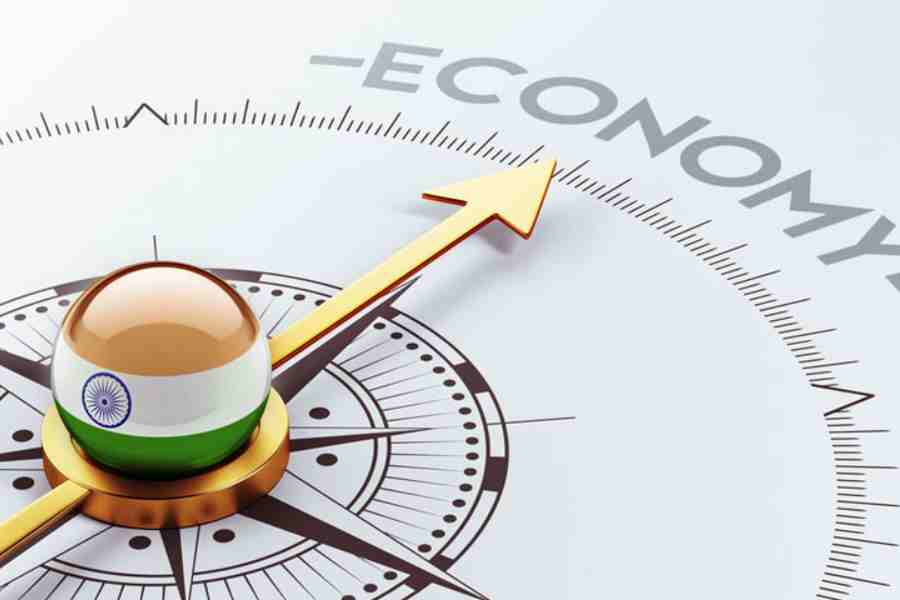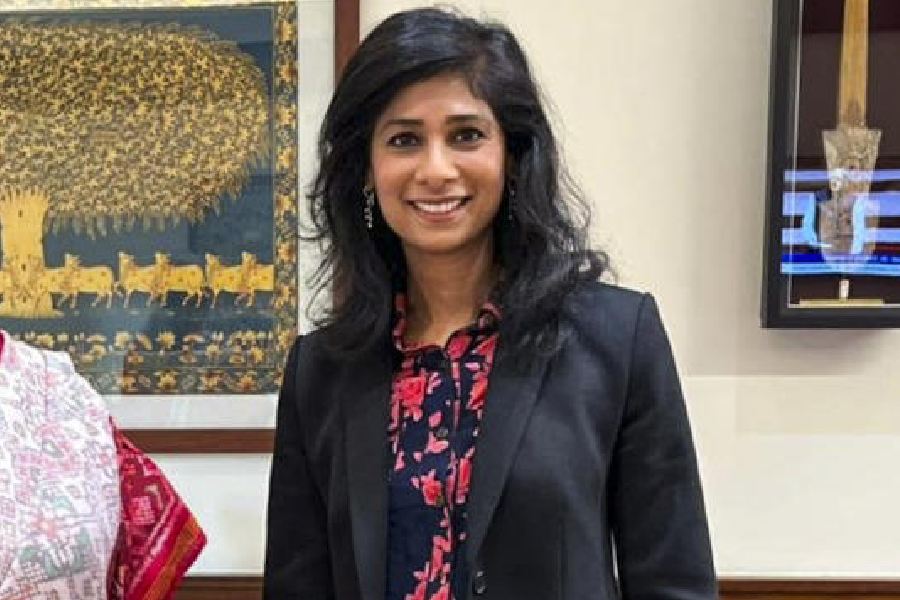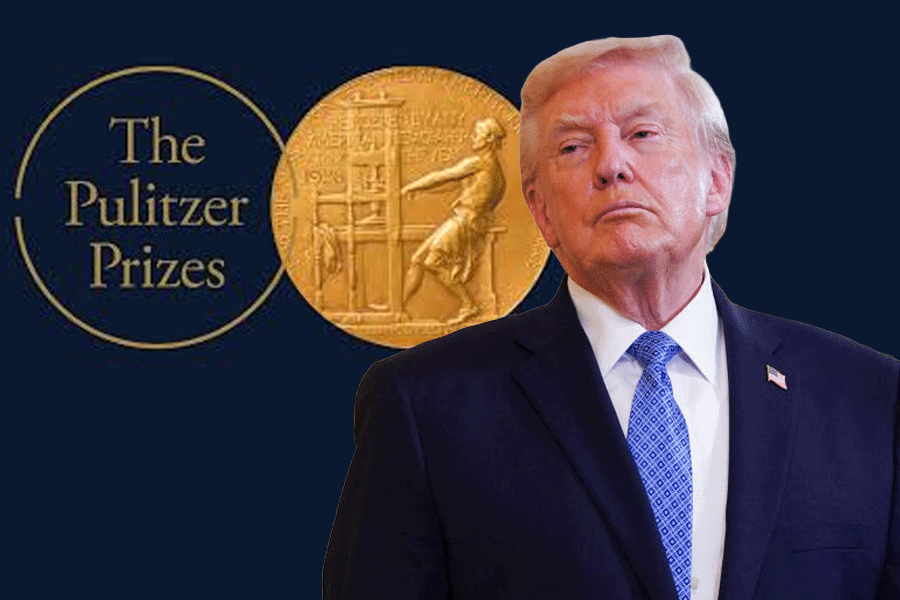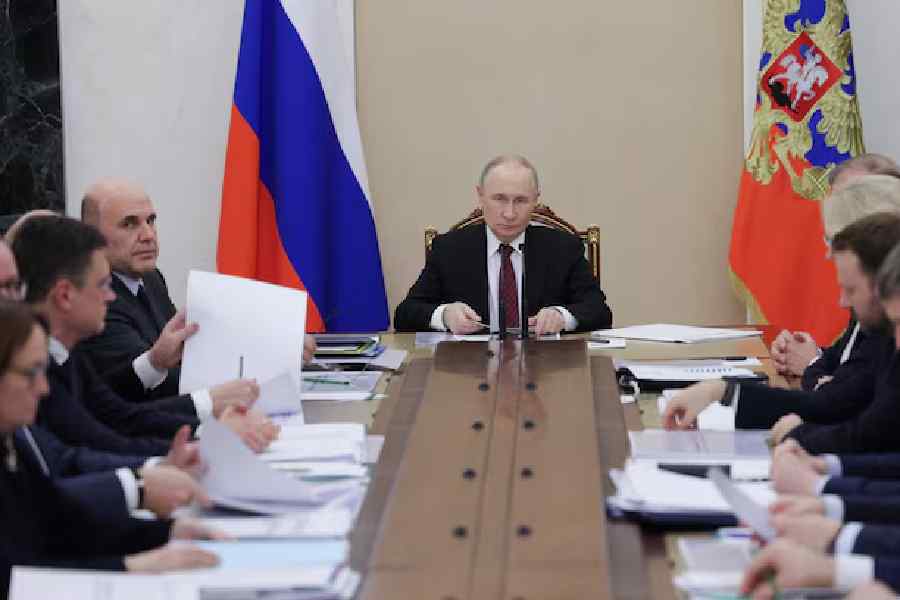Bihar’s economic growth rate slipped by 0.8 percentage points to 14.5 per cent in 2023-24 from 15.3 per cent in 2022-23 at the current prices.
It fell from 10.6 per cent to 9.2 per cent during the period at the constant (2011-12) prices. The figures tumbled out of the Bihar economic survey tabled by deputy chief minister-cum-finance minister Samrat Choudhary in the Legislative Assembly on Friday.
They stood out as an eyesore amid governor Arif Mohammed Khan’s address to the joint session of the bi-cameral legislature’s budget session, extolling the work done by chief minister Nitish Kumar-led National Democratic Alliance (NDA) government.
The per capita income in 2023-24 has increased by 12.8 per cent to ₹66,828 at the current prices and by 7.6 per cent to ₹36,333 at the constant prices.
Despite the rise in Bihar’s per capita, year on year, it is just 36.3 per cent of the national per capita income of ₹1.84 lakh at current prices and a mere 34 per cent of the national per capita income of ₹1.07 lakh at the constant prices. As a result, Bihar is positioned at the lowest rung among all the states in the country.
Sikkim, Goa and Delhi are at the top three rungs of per capita income, with a per capita income of ₹5.88 lakh, ₹4.93 lakh and ₹4.62 lakh per annum at the current prices. If we compare only the larger states, Telangana is number one with a per capita income of ₹3.57 lakh.
The Gross State Domestic Product (GSDP) of the state with over 13 crore population stood at ₹8.54 lakh crore at the current prices and ₹4.65 lakh crore at the constant prices.
Asked about the decrease in the economic growth rate, finance department joint secretary Sanjeev Mittal told The Telegraph: “This is an impact of the general decline in the national economic growth at a time when we are moving towards a global slowdown. If we compare national data, we are still in a better condition. The national growth rate is being pegged at present at 6.2 per cent.”
Bihar Institute of Public Finance and Policy associate professor Sudhanshu Kumar pointed out that the decline in the GSDP growth rate was due to a sharp decline in the secondary sector.
“The secondary sector (chiefly manufacturing and construction) has declined by 6.1 percentage points in comparison to the previous financial year 2022-23. The tertiary sector (services) has also gone down by 1.5 percentage points,” Sudhanshu told The Telegraph.










